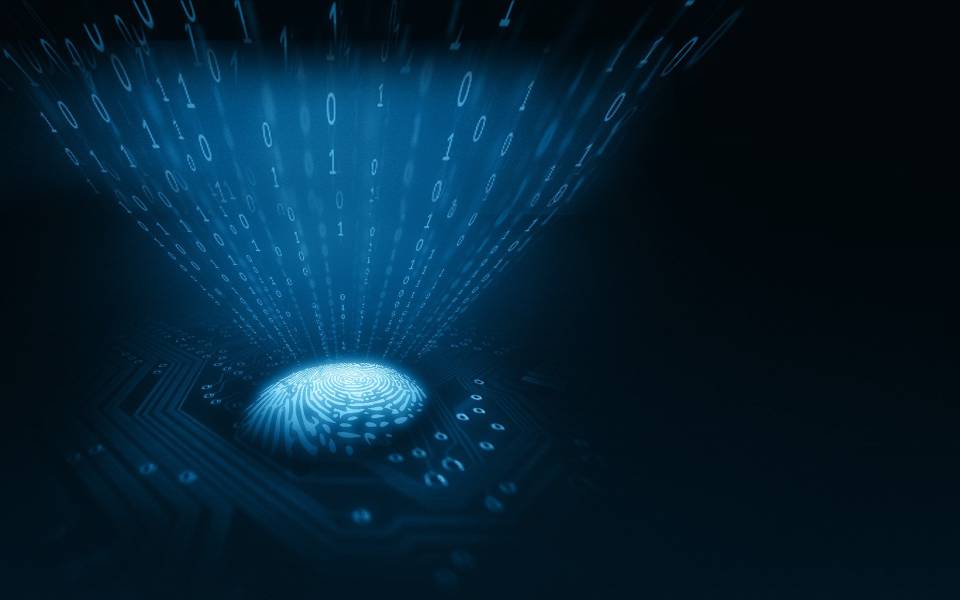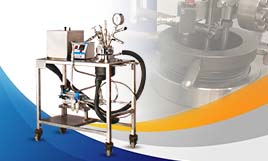All Things Essential to Know About Fingerprints & Fingerprint Analysis
Believe it or not but fingerprints have been one of the handiest tools for forensic scientists in more than 100 years. Of course, the process of analysis was way more backdated and not much accuracy was achieved with it.
However, today the collection of fingerprints especially from a crime scene is an important step for forensics experts. The advancement in technology has provided high performance tools that aids in delivering unfaltering fingerprint analysis.
With the use of high-end fingerprint screening tools such as Crime-lit MLD, forensic experts can detect and examine latent fingerprints seamlessly. Nevertheless, fingerprints and the process of fingerprint analysis have many misconceptions surrounding it.
Below a few facts have been enumerated about the two to learn their significance in the field of forensic science.
Types of Fingerprints
Fingerprints are an essential form of evidence tools in a criminal investigation mainly because of their uniqueness and persistence. The primary aim of collecting fingerprints is to identify an individual.
Now, there are essentially three types of fingerprints and they are –
- Patent
- Latent
- Plastic
Patent fingerprints are made of blood, dirt, grease or ink. This type of fingerprint is easily visible and hence, it can be retrieved pretty conveniently.
Latent Fingerprints are made of oil and sweat on the skin’s surface and are not easily detectable with the human eye. It can be identified with the use of fingerprint screening tools such as Crime-lite MLD. The conventional methods of detecting such fingerprints involve using the basic powder technique or chemicals.
Plastic fingerprints are 3D impressions which are created by pressing the finger on a wax, ink, fresh paint, soap, etc. This type of fingerprint too is easily visible and can be detected without the use of any additional processing method or tools.
Facts over Myths About Fingerprints
Some people believe that the twins might have identical sets of fingerprints but the truth is no two sets of fingerprints are ever alike. That is why fingerprints are still the most reliable source of evidence for identifying an individual because of their unique characteristic.
Additionally, fingerprints aren’t for forever if that’s what you believe. Some skin conditions such as psoriasis or even genetic factors can prevent or distort the formation of fingerprints. Even a heavy-duty work regime such as bricklaying can impact the fingerprints and make them erode.
Also, if you think that fingerprints have taken a setback in criminal investigations then you are certainly wrong. Fingerprints are still one of the essential investigation tools that are often even more vital than DNA traces. Since a crime scene may have less chances of blood or fluids samples but the chances of the criminal touching any surface are more likely.
The use of Fingerprint Analysis
Did you know that fingerprint analysis was used first during the 1800’s? Still today, fingerprint analysis is a vital form of forensics crime investigation. A range of instruments are used for fingerprint analysis today.
These instruments make it more reliable to examine the fingerprints and present accurate outcomes. The Crime-lite MLD is one such fingerprint screening tool that helps forensics experts for examining latent fingerprints.








